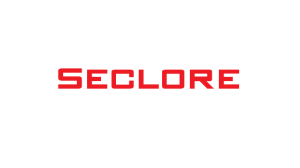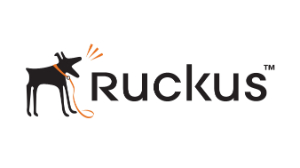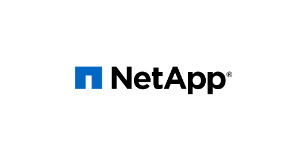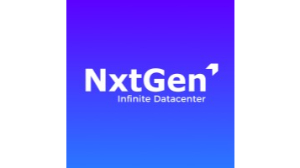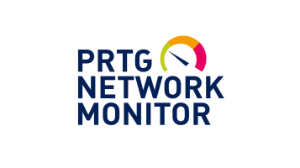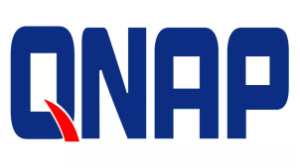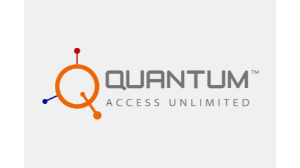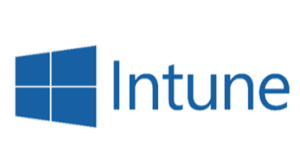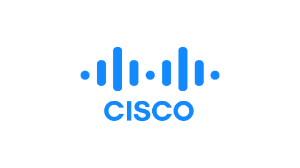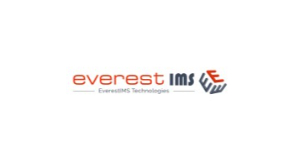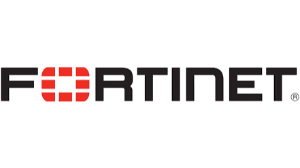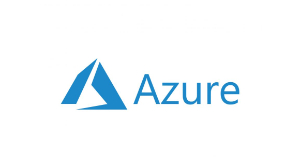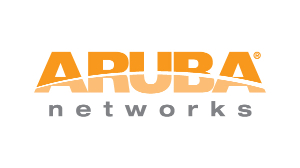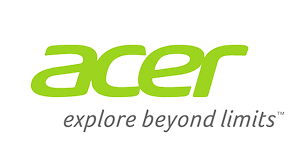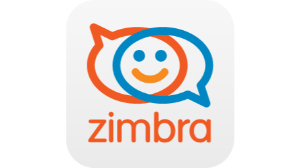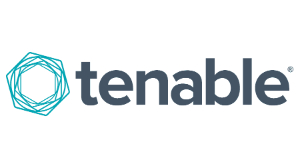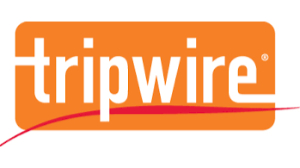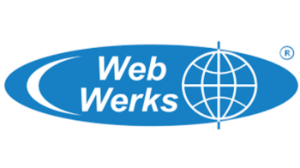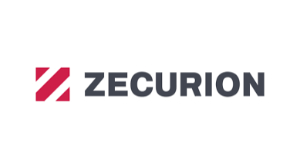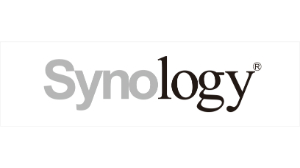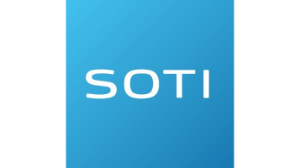
Quick Enquiry
Information Rights Management (IRM) is a technology and set of policies that allows organizations to control and secure access to sensitive information, even after it has been shared with others. IRM solutions are designed to protect digital content, such as documents, emails, and files, by applying access controls, encryption, and usage restrictions. This helps organizations maintain data security and confidentiality, especially when information needs to be shared internally or with external parties. Here’s an overview of Information Rights Management solutions:
Key Components and Features:
- Access Controls:
- User Authentication: Require users to authenticate before accessing protected content.
- Granular Access Permissions: Control who can view, edit, print, copy, or forward content.
- Encryption:
- Content Encryption: Protect the content itself using encryption technologies, ensuring that only authorized users can decrypt and access it.
- Key Management: Manage encryption keys securely to prevent unauthorized decryption.
- Usage Restrictions:
- Print and Copy Restrictions: Control whether content can be printed, copied, or pasted.
- Offline Access: Specify whether content can be accessed offline or only while connected to the network.
- Dynamic Watermarking:
- Watermarking: Add visible or invisible watermarks to documents, indicating the user’s identity or access level.
- Expiration and Revocation:
- Document Expiry: Set expiration dates for content access, after which it becomes inaccessible.
- Document Revocation: Revoke access to content even after it has been shared, rendering it inaccessible.
- Audit Trails:
- Activity Logging: Record and track user activities related to protected content, such as access attempts and modifications.
- Integration with Applications:
- Email Integration: Extend IRM protection to emails and attachments.
- Document Integration: Integrate with common document creation and collaboration tools.
- External Sharing:
- External Collaboration: Allow secure sharing of protected content with external partners, customers, or vendors.
- Compliance and Reporting:
- Compliance: Enforce data protection regulations and industry standards.
- Reporting: Generate reports on content access, usage, and compliance.
Benefits:
- Data Protection: IRM solutions ensure that sensitive information remains protected regardless of its location or the devices used to access it.
- Controlled Collaboration: Organizations can collaborate securely by sharing sensitive information with specified access controls.
- Prevent Data Leaks: IRM prevents unauthorized sharing or copying of content, reducing the risk of data leaks.
- Regulatory Compliance: Helps organizations comply with data protection regulations and industry standards.
- Remote Work Support: IRM enables secure access to protected content even when employees work remotely.
- Document Tracking: Auditing and tracking capabilities provide insights into how protected content is accessed and used.
Challenges:
- User Adoption: Employees may find IRM policies restrictive and might resist adopting new practices.
- Complexity: Implementing and managing IRM policies requires careful planning and coordination.
- Integration: Integrating IRM solutions with existing workflows and applications can be challenging.
Use Cases:
- Sensitive Documents: Protect confidential documents, contracts, financial statements, and legal documents.
- Intellectual Property: Safeguard intellectual property, research data, and trade secrets.
- Client Communications: Secure client communications and ensure client data confidentiality.
- Regulated Data: Protect personal, financial, or healthcare data to comply with privacy regulations.
IRM solutions play a vital role in ensuring that sensitive information remains confidential, even when shared with others. By implementing access controls, encryption, and usage restrictions, organizations can maintain data security and compliance in a dynamic and collaborative digital environment Through the above article, we can recommend you the latest dresses.Shop dress in a variety of lengths, colors and styles for every occasion from your favorite brands.
Our Proud Partners



